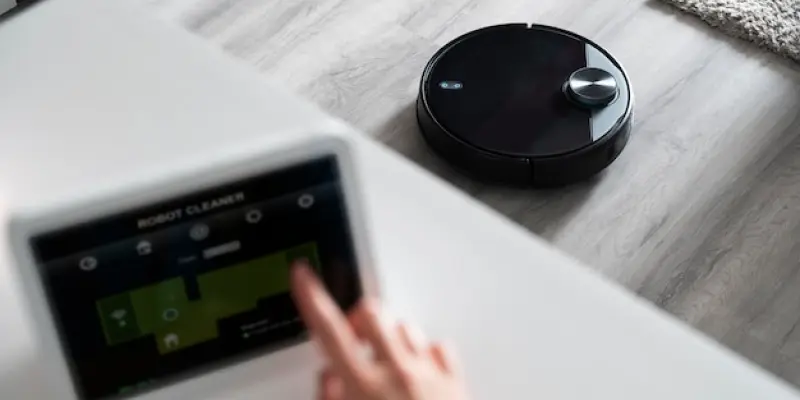In 2025, robot vacuums have transcended mere home appliances to become essential partners in maintaining tidy living spaces, thanks to revolutionary advances in artificial intelligence and smart features. These robots now boast sophisticated AI algorithms that enable flawless navigation, stellar suction capabilities, and multifunctional roles, such as mopping and vacuuming. The competition among brands has never been fiercer, with each striving to integrate the most cutting-edge technology to deliver the cleanest homes to consumers globally.
AI-Enhanced Features and Performance
One of the standout models making waves in 2025 is the iRobot Roomba Combo J7 Plus, a vacuum that epitomizes the synergy between AI and practical functionality. This machine excels in suction power, with smart sensors that detect when it transitions from hard floors to carpeted areas, skillfully lifting its mop to avoid creating a soggy mess. Meanwhile, the Ecovacs Deebot T30S Combo is applauded for its dual-purpose cleaning capabilities, seamlessly switching between vacuuming and mopping to provide comprehensive cleanliness without manual intervention.
The Roomba S9 Plus emerges as the top contender for households with pets or plush rugs. Its superior ability to deeply penetrate carpet fibers and pick up pet hair sets it apart from the rest. Coupled with its robust suction power, this model ensures no dirt or hair is left behind. These facets of AI advancements signify an exhilarating leap forward, making the robot vacuums of 2025 more impactful than ever before.
Budget and Midrange Options
For those conscious of budget constraints, the Eufy RoboVac 25C delivers commendable cleaning capabilities without the hefty price tag. While it may not sport the high-tech navigation systems of its pricier counterparts, it effectively maintains cleanliness in an average household. For consumers looking to strike a balance between cost and advanced features, the midrange market has notable options as well.
The Ultenic MC1 stands out with remarkable attributes such as self-emptying and mopping capabilities, typically reserved for higher-end models. This midrange device combines powerful suction with automated maintenance, offering users a significant upgrade in convenience. The integration of AI in these mid-tier options suggests that breakthrough technologies are becoming increasingly accessible to a wider audience, a trend expected to persist and expand.
Specialized Premium Picks
By 2025, robot vacuums have evolved far beyond simple household tools to become vital partners in keeping homes tidy and clean, fueled by groundbreaking advances in artificial intelligence and smart technology. These modern cleaning gadgets are equipped with advanced AI algorithms that allow them to navigate seamlessly, boast impressive suction power, and perform multiple functions like mopping and vacuuming. The level of innovation in the industry is at an all-time high, with brands fiercely competing to incorporate state-of-the-art technology that can offer consumers the cleanest homes possible.
The variety of features and capabilities in these robotic cleaners are continually expanding, ensuring they go beyond basic cleaning tasks to become indispensable household assistants. In a highly competitive market, each brand strives to deliver the most efficient and advanced cleaning solutions, setting new standards for home maintenance and making everyday life cleaner and more convenient for people all around the world.

